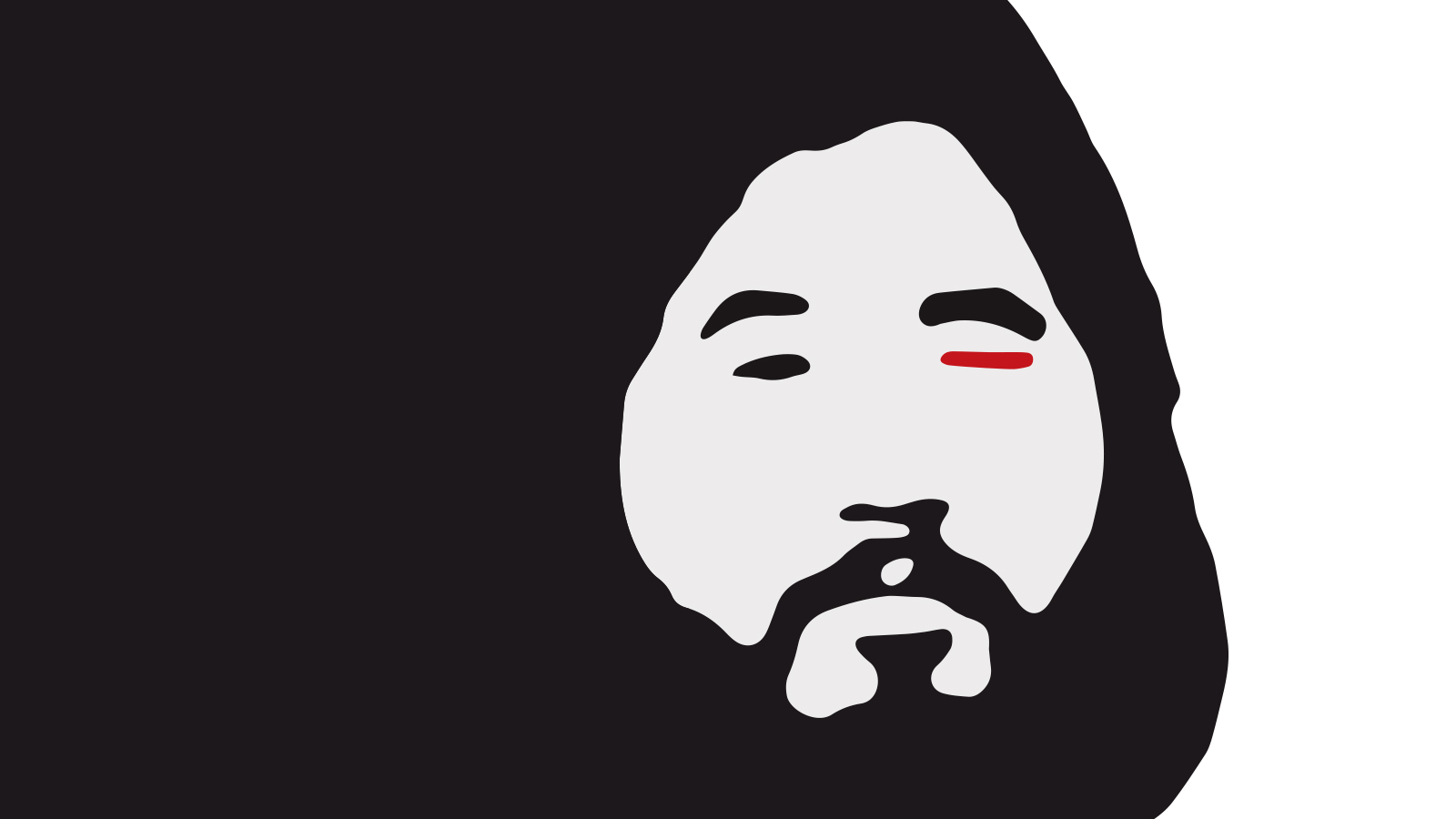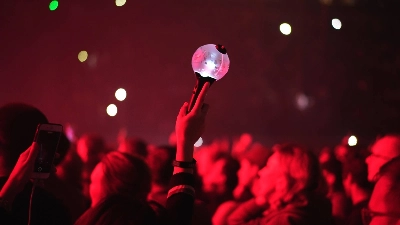On the morning of March 20, 1995, members of the Aum Shinrikyo (Supreme Truth) doomsday cult carried out the deadliest act of domestic terrorism in the postwar era, releasing a toxic nerve gas that killed 13 and injured thousands during the rush-hour in Tokyo.
Twenty years later, a number of victims continue to suffer physical or mental after-effects of the sarin attack, experiencing complications such as impaired speech, blurred vision and post-traumatic stress disorder. Some of the more unlucky ones are still confined to their beds.
To date, investigators have charged 192 Aum members over their alleged role in the attack, with 13 members, including leader Shoko Asahara, receiving the death sentence.

















With your current subscription plan you can comment on stories. However, before writing your first comment, please create a display name in the Profile section of your subscriber account page.